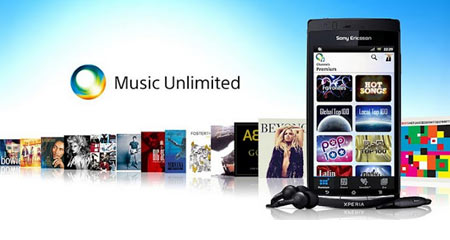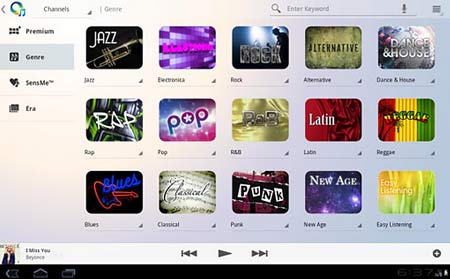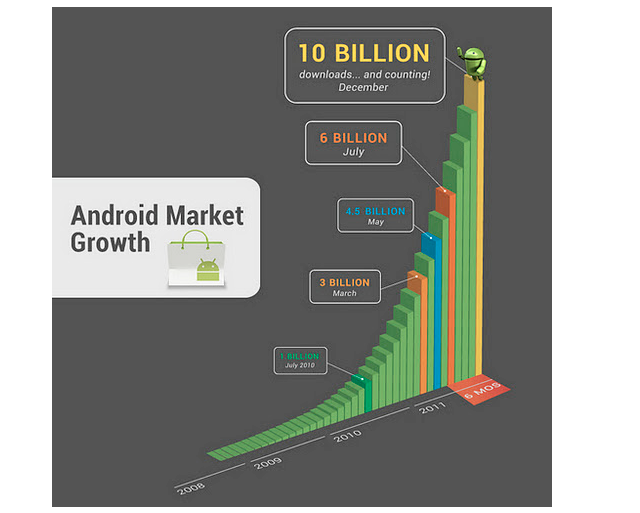Mobile threats increased six-fold between 2010 and 2011, says Kapersky Lab, as security experts at RSA debate whether Android or iPhone is more secure against malware attacks.
Mobile malware developers have been busy, as the quantity of malicious threats that target mobile devices increased more than six-fold between 2010 and 2011.
That's one finding from new research released this week by anti-virus software maker Kaspersky Lab, which reported that the number of distinct mobile malware families more than doubled from 2010 to 2011. Whereas 153 new mobile malware families appeared in 2010, and were collectively modified more than 1,000 times, "over the course of 2011, we recorded 5,255 new modifications of mobile threats and 178 new families," said Kaspersky Lab senior malware analyst Denis Maslennikov, in a
blog post.
In other words, the amount of mobile malware continues to increase dramatically. "In December 2011 alone we uncovered more new malicious programs targeting mobile devices than over the entire 2004 to 2010 period," he said.
In 2011, 65% of new malicious mobile applications targeted the Android platform, compared with Java 2 Platform, Micro Edition, a.k.a. J2ME (27%), as well as Symbian (7%), and Windows Mobile (1%). Overall, one-third of malicious apps targeting Android were designed to steal personal data--such as contacts, call logs, text messages, and photos--from the device. Almost an equal number of malware apps were designed to take control of a user's device.
Interestingly, from 2008 through 2010, the majority of Trojan applications designed to launch SMS attacks against mobile devices targeted J2ME devices. But in 2011, most SMS Trojans targeted Android.
Why is Android being singled out now by attackers? For starters, Android--unlike Apple iOS--is an open operating system, meaning there are few barriers to understanding exactly how it works.
Furthermore, various research firms estimate that Android now controls anywhere between 46% and 51% of the mobile operating system market, according to Harry Sverdlove, CTO of Bit9. "So it's not surprising that most malware is targeting that," he said in an interview at the RSA conference in San Francisco this week.
Although Android is undeniably popular, one security issue is that many smartphone manufacturers and cell phone carriers infrequently update customers' Android devices. As a result, many Android smartphones sport known vulnerabilities that could be exploited by attackers.
"For some reason in the Android world, because the phone manufacturers and carriers want in on the pot, we've been trained to think that the manufacturers and carriers are responsible for updating our software," said Sverdlove. "Whereas in the PC world, no one expects the PC seller to update the operating system."
The Android updating situation--as well as for J2ME, Symbian, and Windows Mobile--contrasts with Apple iOS. Notably, Apple alone pushes iOS updates, and they can be immediately applied to currently supported devices, provided users synchronize their device with iTunes and agree to install the update. (Newer iOS devices also can receive updates over the air.)
Of course, iOS isn't immune to application vulnerabilities. "There's a question of what platforms are more or less secure," said Kevin Mahaffey, CTO of
Lookout Mobile Security, speaking at RSA. "Android and iPhones have a similar level of security baked into them, it just turns out that iPhone has been less targeted." For example, he said, researchers at CounterStrike
demonstrated a WebKit vulnerability at RSA this week that uses a weaponized vulnerability in WebKit to track GPS data and record phone conversations. WebKit, however, is used in both Android and iOS operating systems, as well as browsers for traditional operating systems.
Not everyone, however, agrees with Mahaffey's assessment that mobile operating systems offer similar security levels. "I'd argue that iOS is at least a little more secure," said Roel Schouwenberg, a senior anti-virus researcher at Kaspersky Lab, at the RSA conference.
But he said that all mobile operating systems needed to see security improvements, such as more rigorous checks and transparent processes surrounding the detection of malware, as well as overall mobile application security. "Right now, you need to just trust Apple or Google that everything is fine," he said.












